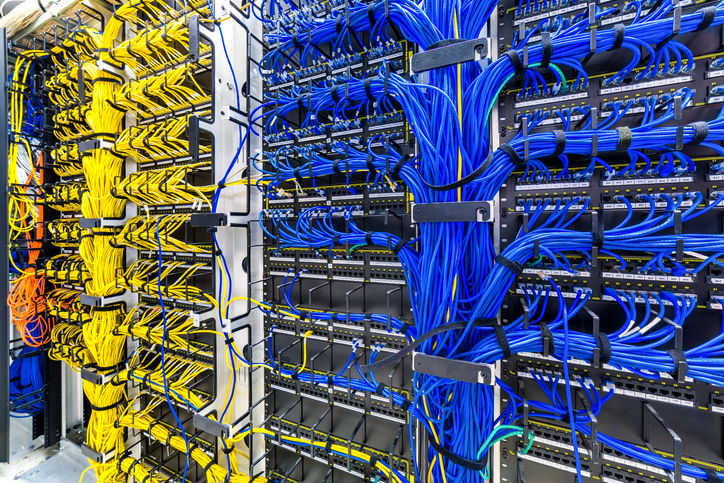
This trilogy of articles compares the growth and development of bigger and data centres around the globe. It views what’s driving this construction boom, a few of the challenges it faces and types of how it’s being implemented.
For several years the excitement word within the IT industry continues to be “cloud”. The term represents a transfer of way many of us access and bear out our computing needs by having an elevated reliance on the web. The word has entered into mainstream parlance because of services for example Apple’s iCloud.

The concept behind cloud-computing is the fact that users have access to computing sources, for example applications or space for storage, on remote computers, online instead of on local individual machines. The benefits are all around as consumers have access to only the services they require whenever they require them (similar to traditional utilities) and from numerous devices and locations.
A lot of us use clearly labelled cloud services but nearly all individuals used, especially in the private market, don’t always prompt exactly the same recognition. For instance, the massively popular social networking tools, Facebook, let us share communications and media by storing it on remote servers where it may be utilized by anybody that we want to share it online, i.e., with the cloud.
In this way, cloud-computing is really a natural evolution of the idea of the internet, that was intended to supply a network of shared documents, though the wide accessibility to greater bandwidth online connections and also the adoption of Web 2 . 0., including the thought of user generated content, that old simple documents have become complex internet based applications and wealthy media.

The versatility, scalability and price effectiveness of cloud-computing offers considerable benefits for private and enterprise consumers when compared with ‘traditional’ one-off installations on individual devices and for that reason adoption rates still rise. The concepts can be displayed fairly ephemeral towards the consumer, because they access all their computing resource online but, ultimately, all that digital information needs to be stored somewhere. Because the services get increasingly popular, so social networking providers, cloud storage providers, cloud application providers and IaaS (Infrastructure like a Service) providers must find increasingly more physical capacity and up to date years have therefore seen what’s been explained some like a data center arms race to construct more data center facilities.
The struggle therefore for data center providers would be to build bigger, to achieve the capability they require, but simultaneously, minimise the ability they consume and also the impact they have around the surrounding atmosphere. Power consumption is measured with a PUE (Energy Usage Effectiveness) score which signifies the power consumed by supporting infrastructure (mainly heat management) versus that needed to power the main servers. The benchmark is really a PUE score of two. addressing one unit of power consumed on infrastructure for each one on servers, although the best efficiency will be a PUE of just one. Besides a far more efficient facility prove greener and much more sustainable but, for that provider, it minimises cost and boosts the scope for raising capacity. Consequently data center constructors are more and more searching to innovative and new methods to bring this score below 2 so that as near to 1 as you possibly can.
The following instances of this trilogy of articles compares the proportions of a few of the greatest data centres on the planet as one example of how the requirement for digital data storage has altered the landscape of commercial complexes all over the world.



